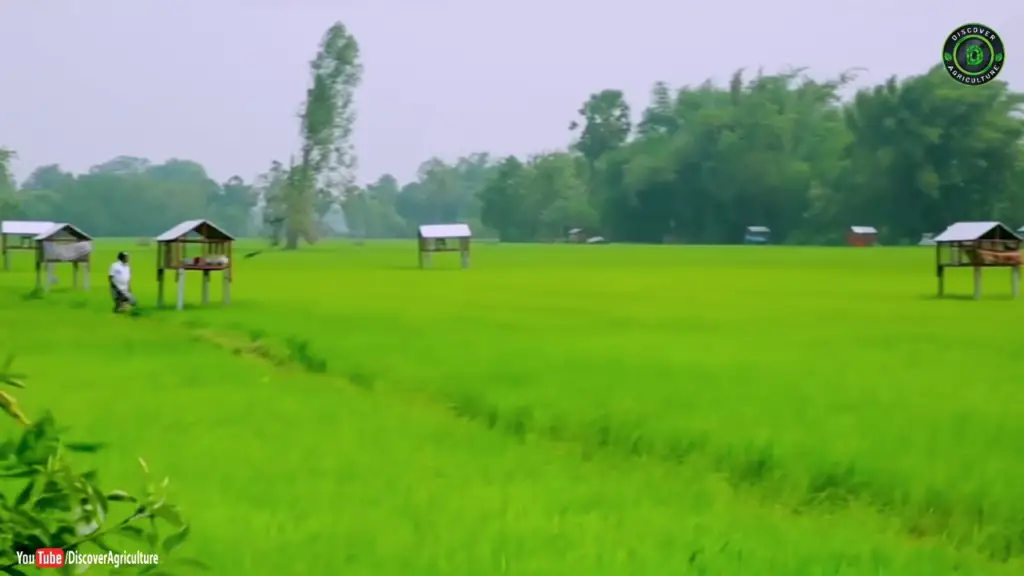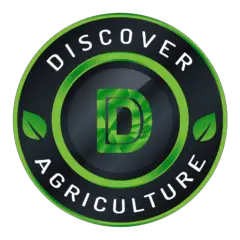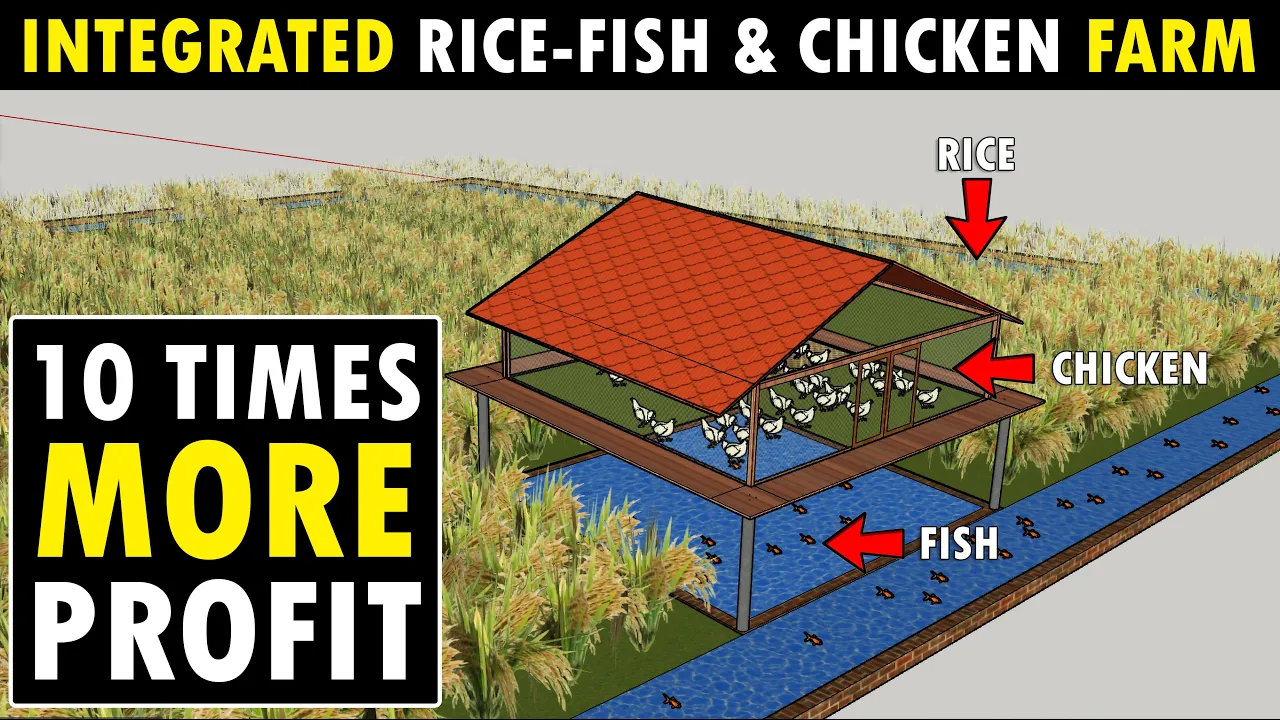Integrated Rice – Fish & Poultry Farm Design
Introduction: In a world where agriculture faces numerous challenges, resource-poor farmers are finding innovative ways to thrive. One such approach gaining popularity is Integrated Rice-Fish and Chicken Farming. This unique system goes beyond traditional mono-cropping by combining rice cultivation with fish and chicken farming.
In this article, we will explore the myriad benefits of this integrated approach, highlighting how it boosts sustainability and productivity for farmers.
A Holistic Farming Approach:
Integrated Rice-Fish and Chicken Farming represents a holistic approach to agriculture. By diversifying activities on the farm, farmers create a harmonious ecosystem where each component plays a vital role. The rice paddies serve as the foundation, and the fishponds and chicken coops complement the landscape, forming a symbiotic relationship that nurtures the entire farm.
Bio-Control of Pests and Infestations:
One of the most significant advantages of this integrated system is its ability to naturally control pests and infestations. In a rice field, pests and insects often attack the crop, threatening its health and productivity. However, with the presence of fish in the paddies, a natural balance is achieved. The fish feed on these pests, effectively reducing their population and protecting the rice plants from damage.

Weed Management:
Weeding is a labor-intensive and costly activity for farmers. In the integrated farming system, fish and chicken play an unexpected yet beneficial role. Chickens are allowed to roam freely in the rice fields, consuming weed seeds and keeping the weed population in check. This not only saves valuable time and resources for farmers but also ensures a cleaner and healthier rice crop.
Nutrient-Rich Soil:
The constant droppings from chickens serve as a natural fertilizer for the rice paddies. The poultry manure, combined with the natural detritus from the fishpond, enriches the soil with essential nutrients. This continuous nutrient supply results in a fertile and conducive environment for healthy crop growth, ultimately increasing overall yields.
Improved Livelihoods:
Resource-poor farmers, who often face challenges accessing expensive inputs like fertilizers and pesticides, benefit significantly from this integrated system. With minimal inputs required, the costs are reduced, making farming more economically viable. Additionally, the diversification of income from selling fish and poultry adds to the farmers’ financial security.
Water Management and Conservation:
Integrating fish into rice paddies also contributes to efficient water management. The fish act as living water quality indicators, thriving in well-managed and oxygen-rich water. This encourages farmers to adopt responsible water usage practices and conservation techniques, ultimately benefiting the entire ecosystem.
Conclusion:
Integrated Rice-Fish and Chicken Farming represent a sustainable and efficient agricultural model that empowers resource-poor farmers. By embracing the principles of diversity and interdependence, this system provides multiple benefits, including pest control, weed management, nutrient-rich soil, and improved livelihoods. As we look towards a more resilient and sustainable future for agriculture, integrated farming practices like this offer a shining example of harmonious coexistence with nature while enhancing productivity and prosperity for farmers.
Also, View: Building and Installing Poly Ponds: The Perfect Solution for Fish Farming and Rainwater Harvesting

